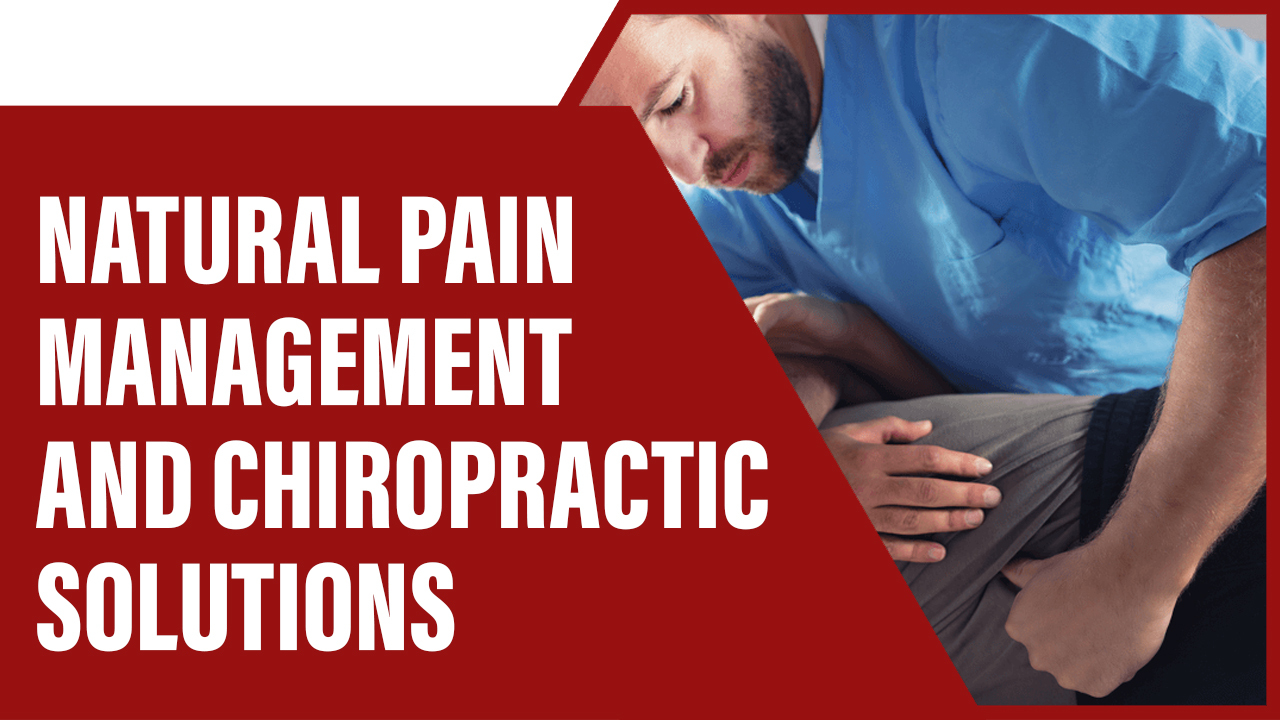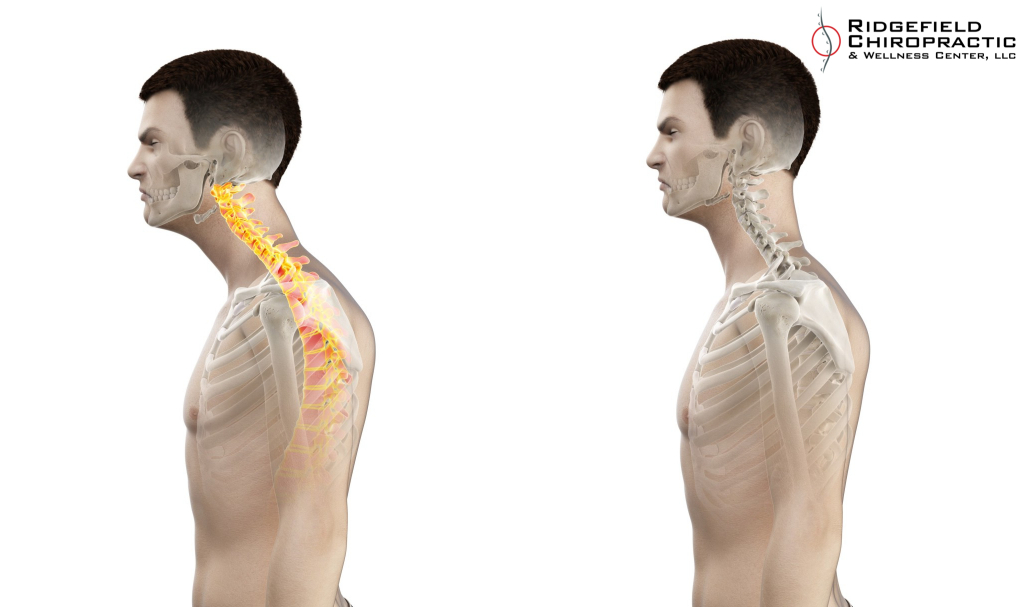Neck Pain Relief Breakthrough: Transformative And Powerful Treatment By Chiropractor Ridgefield CT

Neck pain relief, chiropractor ridgefield ct delivers immediate care for those struggling with neck pain using modern chiropractic techniques. In Ridgefield, CT, experts use physical therapy and spinal adjustment to ease stiffness and discomfort. This guide explains how simple steps like posture changes and specific exercises can relieve pain by addressing the root causes. An […]
Neck Pain Relief And Effective Sciatica Treatment: 5 Powerful Strategies For Lasting Comfort

Neck pain relief and sciatica treatment are essential for anyone experiencing discomfort that interferes with daily life. Neck pain often results from muscle strain or poor posture, while sciatica occurs when the sciatic nerve is compressed, causing pain that radiates down the leg. Both conditions are common but can be managed effectively through various approaches. […]
Expert Physical Therapy In Ridgefield CT For Better Recovery

Physical therapy (PT), particularly in Ridgefield, CT, is a vital component of comprehensive healthcare, aiming to restore and improve physical function and mobility. Integrating professional physical therapy in Ridgefield CT, into one’s healthcare routine holds immense importance for individuals seeking to optimize their overall well-being. Through tailored exercises and interventions, physical therapists in Ridgefield, CT, […]
Comprehensive Approaches To Natural Pain Management And Chiropractic Solutions

Conclusion: Embracing Natural Pain Relief Through Holistic Healing In the realm of natural pain management, comprehensive approaches that integrate chiropractic solutions offer a promising avenue for individuals seeking relief from discomfort and a restoration of overall well-being. As we navigate through the complexities of modern living, chronic pain has become an increasingly prevalent challenge, affecting […]
Natural Pain Management And Chiropractic Solutions

Introduction Chiropractic care, a holistic approach to healthcare, focuses on the alignment of the spine and musculoskeletal system to promote overall well-being and alleviate pain. In today’s healthcare landscape, where the opioid epidemic underscores the need for safe and natural pain management and chiropractors, chiropractic care emerges as a beacon of hope. By addressing the […]
The Benefits Of Chiropractic Care For Neck Pain

Chiropractic adjustments are a non-invasive, drug-free approach for neck pain relief. Neck pain can impact daily life and may lead to complications if left untreated. Chiropractic care aims to address the root cause of neck pain for long-term relief. Research supports chiropractic adjustments‘ effectiveness in managing neck pain. Benefits include pain reduction, improved neck mobility, […]
Steps on Prepping for Football

Don’t go all out for the big game without some preparation! Here’s a few exercises to get you ready for kickoff. They will help you get your heart pumping and keep your muscles loose so you can last the entire game without tiring out! Don’t go all out for the big game without some preparation! […]
Is It Important To Strengthening Your Neck for Football

Whether it’s the first ever game of your young athlete’s career or the last game of the season, it’s more than essential to ensure they’re ready for action. An athlete’s neck for football, which is an important yet most ignored body part, should be strengthened before participation in football and even in soccer to avoid […]
How To Dismiss Tech Neck in 6 Easy Steps

Chances are that within the last few days, at some point, your neck has had some sort of pain or discomfort. You have also probably noticed that this neck pain has been coming on more frequently than it used to. A couple of years ago, you might’ve gotten a little stiffness in your neck […]
